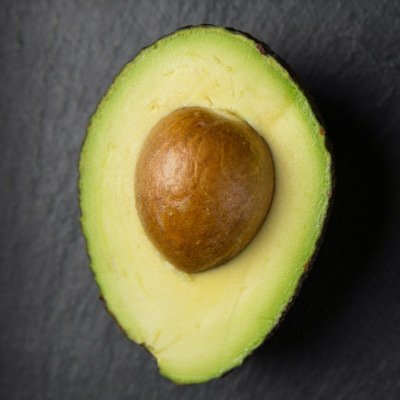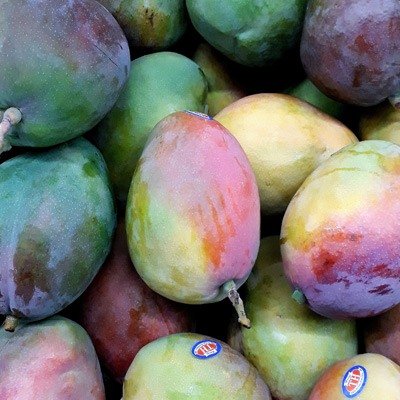Mangosteen Fruit: The Healing Fruit?
The Mangosteen is a tropical fruit that is native to the Southeast Asian regions.
The Mangosteen fruit and parts of the Mangosteen tree have been used for centuries to heal and cure various maladies.
But is it all myth, or is Mangosteen a real healing fruit?
The rind is the part mostly used for medical purposes, but you can use the twig and back of the Mangosteen tree as well.
There are serveral medical studies that indicate that Mangosteen can have significant health benefits. But more on that later.
What Is Mangosteen Fruit and Tree used To Treat?
Mangosteen is used to treat:
- Urinary tract infections
- Dysentery
- Cancer
- Menstrual disorders
- Diarrhea
- Tuberculosis
- Thrush
- Gonorrhea
It may also be used to improve mental health and stimulate the immune system.
Application on the skin may also help fight skin conditions such as eczema.
Also, people with serious gum infection may benefit from applying a gel that contains 4% of mangosteen powder to their gums.
Even if many of those claims have little scientific research to back them up, they have hundreds if not thousands of years of experience to back them up.
Maybe that counts as well.

Mangosteen Fruit Taste, Smell, and Texture
Granted we all taste things differently, however, the mangosteen taste has been described by most as a delightful mix of strawberry, lychee, pineapple, and peach.
The smell is on the sweet and tangy side and may give off a hint of vanilla essence.
The texture is soft, light, and juicy and can be compared to the lychee fruit or peach.
How to Tell Ripe Mangosteen From a Raw One
Considering the tough skin on mangosteen, you may be wondering how you will tell whether or not it is ripe.
If you find a deep purple color that is firm to the touch then you have ripe fruit on your hands
If you find one that is reddish-purple then it is not yet ripe enough and if you insist on eating it, you will be welcomed with a sweet and sour flavor.
Steer clear of mangosteens with cracks or bruises as they tend to be bad. These tend to have fallen from the trees.
How To Select A Good Mangosteen Fruit
Go for mangosteen that has no cracks or bruises. Yellow saps on the rind are ok, but you may find those that have penetrated the pulp thus making it bad.
When you pick up the fruit, don’t press it too much as you may bruise it.
Instead, balance it in your palms and gauge its weight.
If it seems to be heavy then you have good fruit.
If it seems light then you may have an old fruit with dry meat!
You may want to put it down and choose the next one!
Pay close attention to the stems; always go for fresh-looking stems as the dry ones are normally an indication of old fruit!
Size doesn’t matter much, the weight and color of the rind and stems do.
Mangosteen Medical Research
Let’s look at the available research on different benefits of the Mangosteen fruit and the Mangosteen tree:
- Xanthones from Mangosteen Extracts as Natural Chemopreventive Agents: Potential Anticancer Drugs
- Recent updates on metabolite composition and medicinal benefits of mangosteen plant
- Medicinal properties of mangosteen (Garcinia mangostana)
Risks and SIde Effects
Side effects may include a slowdown in blood-clotting thus increasing the risk of bleeding in people with a bleeding disorder.
It may also cause sedation, allergies, gastrointestinal issues, lactic acidosis, and complications during pregnancy.
Where To Buy Mangosteen And The Price Tag
In the US, Mangosteen fruits can be found in freeze-dried form at Trader Joes’.
They can also be found canned in Asian supermarkets.
Fresh Mangosteen Fruit can also be found on Amazon for about $36.98 for 9-10 fruits.
You may be lucky and find them at farmer’s markets as well for $6-$15 for a pound of fruit.
At last try out our recommended fruit and vegetables delivery websites. You might find someone there that will deliver your Mangosteen Fruits to your doorsteps!





